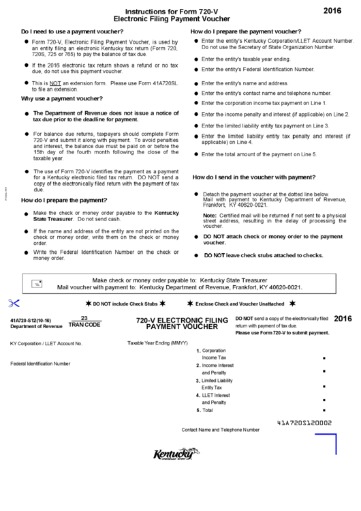Content

Then there’s a column with debit balances, and one with credit balances. A trial balance is a list of all the general ledger accounts contained in the ledger of a business. This list will contain the name of each nominal ledger account and the value of that nominal ledger balance.

The trial balance is not a formal financial statement, but rather a self-check to determine that debits equal credits. Like abalance sheet, it shows the snapshot of the accounting records on a specific date. A trial balance usually consists of three columns with the account names listed in the first column and the account balances shown as debits and credits in separate columns. The total debits and credits are then summed at the bottom of the report.
Chart of Accounts
Verify that each balance of all accounts, including cash and bank balances, has been involved. Balance of various accounts incorrectly posted – For example, a balance of $ 52 in a stationary account was wrongly posted as $ 25.

An Trial Balance Definition statement, which is a type of financial statement, shows whether a business is profitable. A balance sheet, another type of financial statement, provides detailed information on assets, liabilities, and equity at a given point in time. An initial trial balance report is called an unadjusted trial balance.
Net income, Retained Earnings, and Dividends on These Statements
And the trial balance agreement will not be affected in any way. If the total of the debit and credit sides is equal, the ledger posting for every transaction has been done correctly. Trial Balance is the statement of balances of all ledger accounts of any firm on a particular date. This first step entails collecting records of all of the company’s transactions, including receipts, invoices, paystubs, and bank statements. Scrutinizing each of these transactions determines which account is to be debited and which is to be credited. A balance sheet, on the other hand, lists the assets, liabilities and equities for a single point in time.
What is trial balance simple example?
A trial balance is a report that lists the balances of all general ledger accounts of a company at a certain point in time. The accounts reflected on a trial balance are related to all major accounting items, including assets, liabilities, equity, revenues, expenses, gains, and losses.
Although each document records similar information, these are separate documents with distinct purposes. A frazzled owner who burns the candle at both ends may deliver a fantastic product, but run things amok on the financial end of things. Once a business has an empty cash register and negative balances on its bank statements, it has no choice but to shut the door for good. An entry could have been made in reverse, where the amount to be debited was actually credited, while the account to be credited was debited.
Trial Balance, Trial Balance Period
It’s good to reference a current trial balance with previous reports, as this helps a company identify transactions or entries that have been overlooked. The trial balance shows the closing balances of all accounts in the general ledger at a point in time. A company’s transactions are recorded in a general ledger and later summed to be included in a trial balance.
- On a trial balance worksheet, all of the debit balances form the left column, and all of the credit balances form the right column, with the account titles placed to the far left of the two columns.
- To prepare a trial balance, firstly all the accounts in the ledger are listed in a table.
- Before looking at an example of a trial balance, let’s first clarify some key terms.
- An initial trial balance report is called an unadjusted trial balance.
Successful branding is why the Armani name signals style, exclusiveness, desirability. Branding is why the Harley Davidson name makes a statement about lifestyle. Strong branding ultimately pays off in customer loyalty, competitive edge, and bankable brand equity. Free AccessFinancial Metrics ProKnow for certain you are using the right metrics in the right way.
Debitoor is now SumUp!
A https://intuit-payroll.org/ may contain all the major accounting items, including assets, liabilities, equity, revenues, expenses, gains, and losses. At the bottom of the table, the debit and credit columns are totaled. If the totals of the two columns do not match each other, it means that there is an error. For this reason, company management and accountants will use the trial balance period to rigorously search out and correct all accounting errors—whether they impact the trial balance or not.
What’s the difference between trial balance and balance sheet?
A trial balance summarises the closing balance of the different general ledgers of the company, while a balance sheet summarises the total liabilities, assets, and shareholder's equity in the company.
The posting on both the debit side of the purchase account and the credit side of the account of James will be with the wrong amount of $ 540, so the trial balance will agree. An error of omission – If the entry has not been recorded in a subsidiary book, the debit and credit would be omitted.






